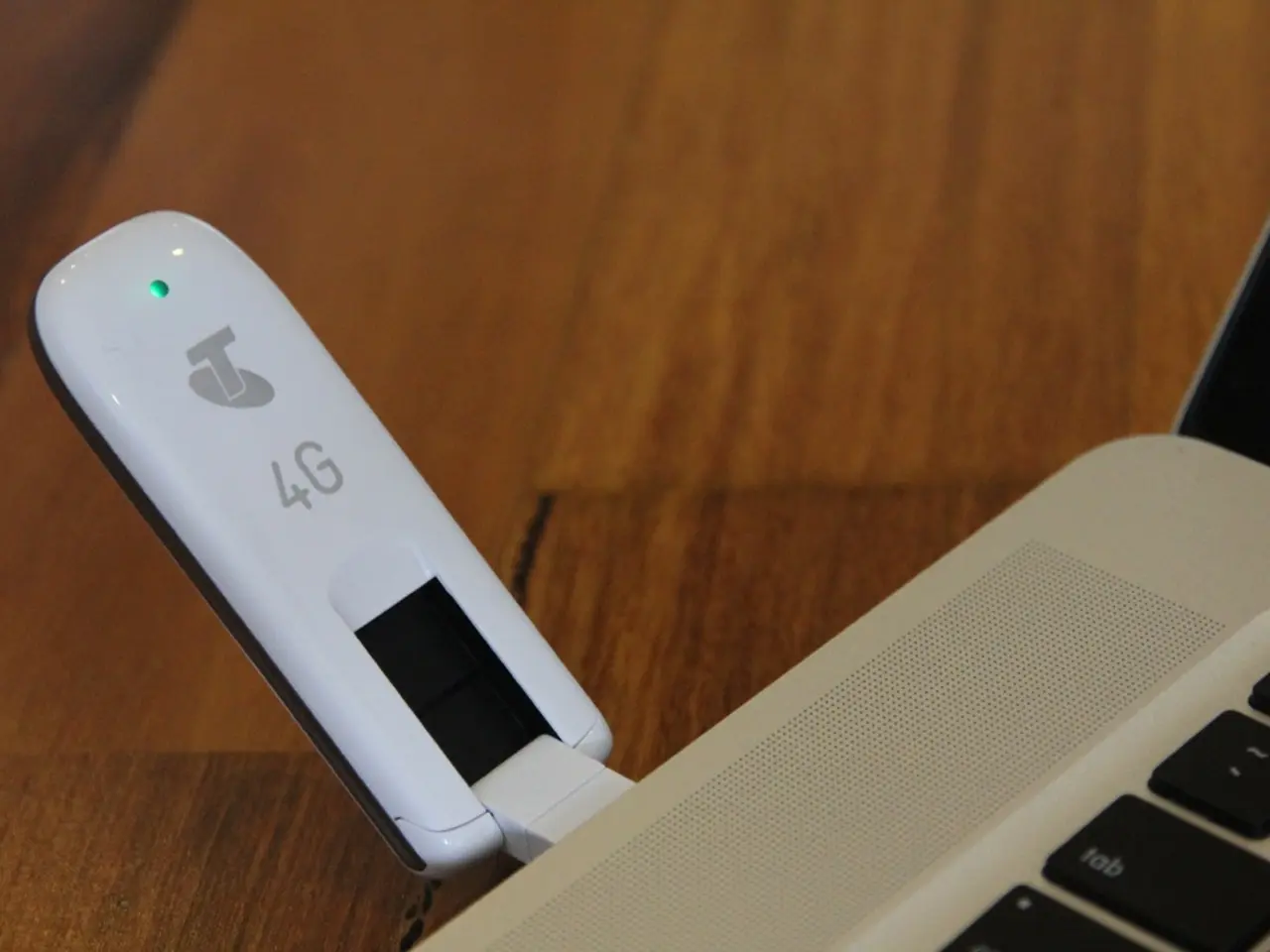Utilizing Digital Twin Technology in Smaller Seaports Infrastructure
In the maritime world, digital twin technology is making a significant impact, particularly for small ports that often face challenges due to limited budgets. This cutting-edge technology offers real-time monitoring, predictive analytics, and operational simulations, helping small ports optimize their operations and improve emergency responses.
The Port of Corpus Christi in Texas is a prime example. They have developed a high-fidelity active digital twin called OPTICS, which monitors port operations and visualizes real-time data, enhancing situational awareness and operational decision-making. This digital twin geolocates every asset to within 1,000 feet, providing photorealistic, 3D data for improved collaboration and operational awareness.
Europe's second-largest port, Antwerp-Bruges, has also embraced digital twin technology. Their digital twin receives information from 460 cameras and 22 radars, allowing operators to scan the port’s entire operational area, prepare for incoming ships, and reduce blind spots. This aids safety and coordination, which are critical for emergency responses.
For smaller ports, the key is to focus on project scope, employee feedback, and starting with a small pilot. By gathering employee feedback to identify risky or time-consuming activities, ports can focus digital twin applications on these areas, such as essential equipment maintenance and collision avoidance. Sensors gather key operational data, enabling the digital twin to simulate scenarios and preempt disruptions or accidents.
The technology stack typically involves IoT sensors for real-time tracking, AI and machine learning for predictive maintenance and traffic forecasting, drones for monitoring, and simulation capabilities to optimize logistics and respond promptly to emergencies.
These digital twin deployments can boost safety, reduce accidents, improve worker productivity, and enable agile responses to emergencies or disruptions in port operations. While many case studies focus on large or smart ports, the principles scale down to smaller operations by choosing manageable pilots and leveraging digital twins to simulate and optimize critical workflows and emergency management steps.
Interestingly, 29% of global manufacturers already use digital twins for decision-making, often to avoid downtime and identify bottlenecks. As digital twin technology continues to evolve, it is expected to play an increasingly important role in the efficient and safe operation of small ports worldwide.
References:
- Digital Twins for Port Operations
- Port of Corpus Christi's OPTICS Digital Twin
- Antwerp-Bruges Port's Digital Twin
- Digital Twins in Maritime Logistics
- Implementing Digital Twins in Small Ports
- The integration of data-and-cloud-computing and technology in the maritime industry is evident as smaller ports increasingly adopt digital twin tech, such as the Port of Corpus Christi's OPTICS and Antwerp-Bruges' digital twin, to optimize operations, improve safety, and enhance emergency responses.
- By leveraging global trade and finance, small ports can invest in digital twin technology, an essential tool seen in 29% of global manufacturers, which helps them make informed decisions, identify bottlenecks, and avoid downtime.
- In the realm of supply chain management, digital twin technology offers a competitive edge to small ports, as it enables predictive analytics, real-time monitoring, and operational simulations that can streamline operations, reduce accidents, and keep the port running smoothly even in critical situations, thanks to technology advancements in areas like IoT sensors, AI, machine learning, drones, and simulation capabilities.




